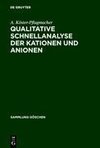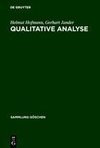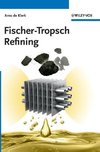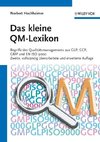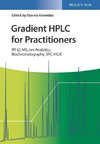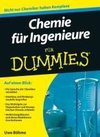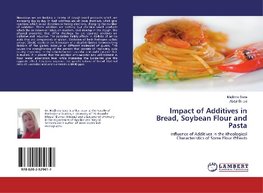
-
 Anglický jazyk
Anglický jazyk
Impact of Additives in Bread, Soybean Flour and Pasta
Autor: Majlinda Sana
Nowadays we are looking a variety of dough-based products which are increasing day by day. In itself additives are all those chemicals which give reactions which occur donation or taking electrons, changing the number of oxidation. These additives are nothing... Viac o knihe
Na objednávku, dodanie 2-4 týždne
30.51 €
bežná cena: 33.90 €
O knihe
Nowadays we are looking a variety of dough-based products which are increasing day by day. In itself additives are all those chemicals which give reactions which occur donation or taking electrons, changing the number of oxidation. These additives are nothing but chemical-based products which the oxidation or reduction reactions that develop in the dough, the physical properties that differ rheology. So we separate additives on oxidative and reductive. The oxidation mainly affects in -SS-links of amino acids that are components of gluten. Oxidation of both hydrogen sulfide groups (thiols) results in the formation of a disulfide bridge between long sections of the gluten molecule or different molecules of gluten. This causes the strengthening of the protein that consists of improving pulp quality depending on the ratio between L-ascorbic acid and L-cysteine that is studied. It is proved that the addition of L-ascorbic acid will increase in flour water absorption level while increasing the L-cisteinës give the opposite effect. L-cysteine improves the specific volume of bread. Optimal ratio of L-ascorbic acid and L-cisteinës is 60:40 ppm.
- Vydavateľstvo: LAP LAMBERT Academic Publishing
- Rok vydania: 2020
- Formát: Paperback
- Rozmer: 220 x 150 mm
- Jazyk: Anglický jazyk
- ISBN: 9786202529617


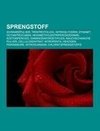
 Nemecký jazyk
Nemecký jazyk 